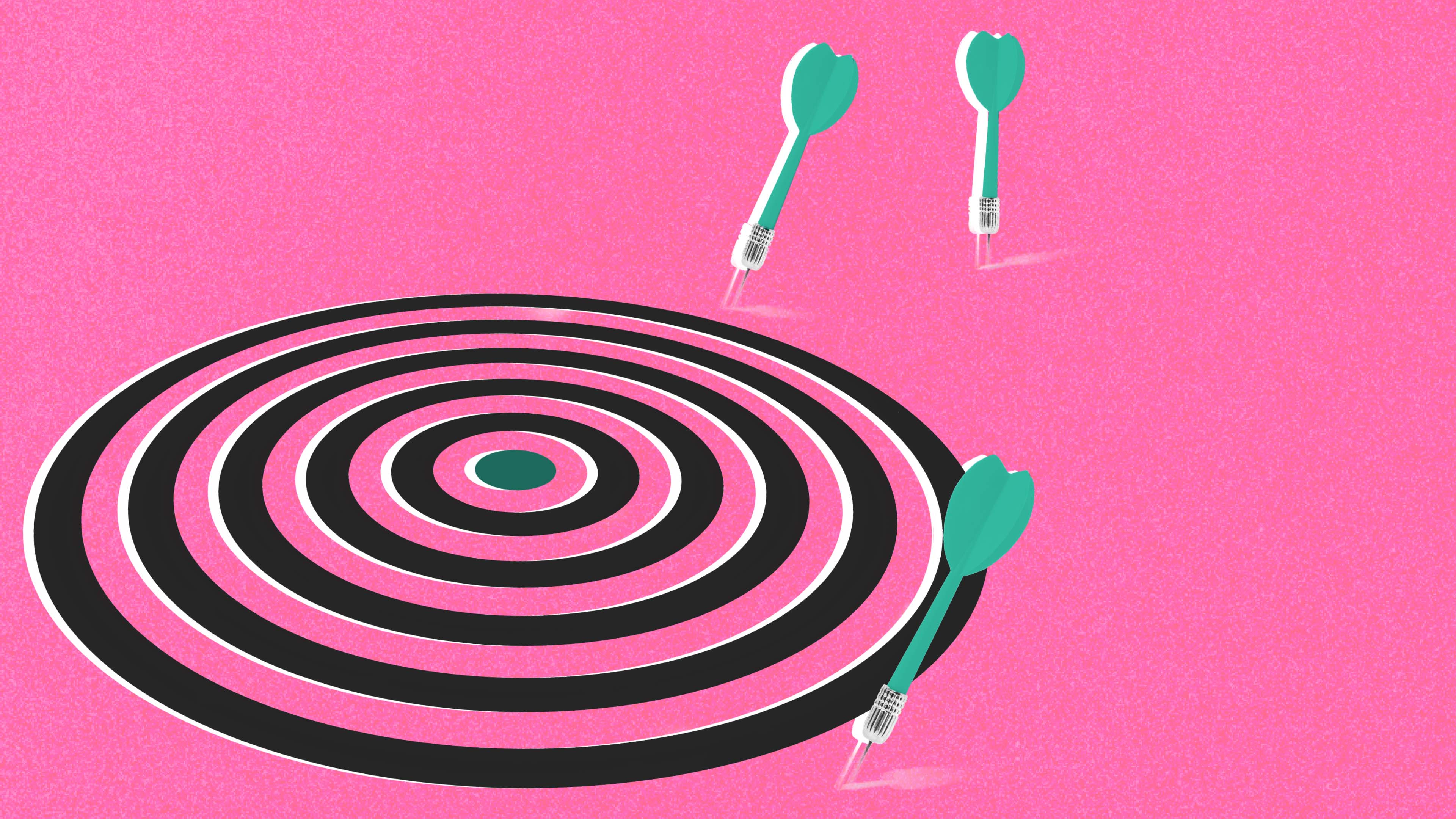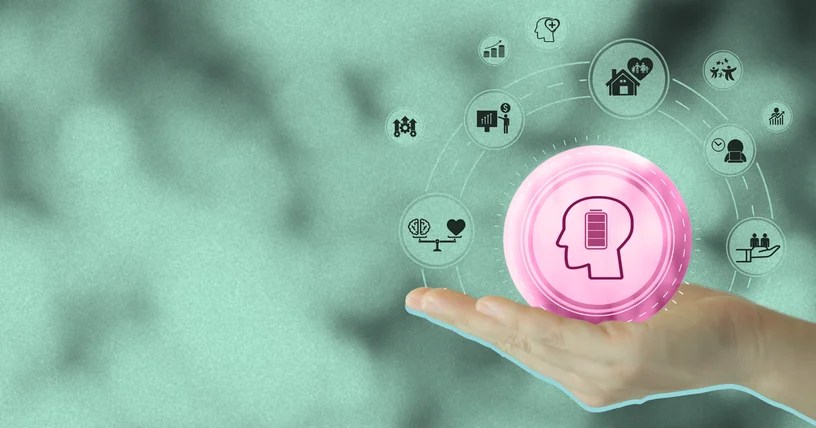How to Help Your Employees Fail Without Feeling Like Failures

By Fast Company Executive Board
“You can fail and not be a failure … Some days you lose and some days you win, and you can go through all of that and have the most turbulent times and still rise again tomorrow.” – Olympic skier Mikaela Shiffrin
As an innovator, or an employee in an innovative organization, an attitude like Mikaela’s is invaluable. And as a leader in a human-centric workplace, it’s on you to help your employees develop this positive outlook.
Because innovation is, at its simplest, the process of trying new things. For visionary, forward-looking companies, the hope is that one of those new things will be the key to creating positive change. But that usually doesn’t happen on the first try. As Albert Einstein once said, “A person who never made a mistake never tried anything new.”
Sometimes when you try a thing, it works out and you get a big win. Other times, everything falls apart and you have to start over. You take what you learned from the failure and do better next time, and try not to beat yourself up.
But do you extend the same grace to your team that you extend to yourself and your business?
MAKE Room for Constructive Failure
Like companies, individuals need room to try, fail, learn, and move forward.
Let’s be clear; we’re not talking about free passes for folks who fail to show up and give their best. We’re talking about employees who work hard for you, try something new, and see their work fail. Or people trying to develop a new skill and put it to work, but experiencing setbacks.
In these cases, it’s easy for the employee to feel like a failure. To doubt themselves and the work they do — maybe even to fear for their jobs. And this feeling of failure has many adverse consequences.
For innovators, it’s time to take a new look at failure and make a choice about how we frame it. By helping employees fail gracefully and productively, without feeling like failures, you encourage innovation throughout your organization — because, as Einstein said, if you’re trying new things, you are going to make mistakes.
Attitude is Everything
To help your team fail without being failures, establishing a positive attitude toward experimentation and [reaching out to the edge of our abilities] is key.
Take the story of Gerald Hodges, a teenager who couldn’t swim — and joined the swim team anyway. As Gerald said, “I felt like if I couldn’t handle not being good at something, then how could I consider myself a successful person?”
From zero knowledge of swimming, Gerald stretched himself to learn a brand new skill, and eventually led his team to state finals. Of course, he didn’t win every meet along the way. At first, his team struggled not to be disqualified. But persistence in the face of failure eventually led to triumph.
Be aware: our society is generally not accepting of failure, so you will have to model the process of learning from it. High performers, especially, really hate failing. Toxic perfectionism has become an epidemic.
It’s crucial to put processes for productive failure into place, so that your best employees won’t feel crushed — like failures — whenever something doesn’t go well.
Help Your Innovative Team Learn from Failure
 If you put a process in place for experimentation and iteration, your employees know when and how they can try new things, and the fear of failure is diminished. How detailed and documented the process is is up to you and your business. Here’s a sample process:
If you put a process in place for experimentation and iteration, your employees know when and how they can try new things, and the fear of failure is diminished. How detailed and documented the process is is up to you and your business. Here’s a sample process:
- Have a collaborative discussion at the beginning of a project to decide what the team will try and what the criteria are for calling it quits or reiterating.
- Structure the development process to include sufficient time and opportunity to iterate on a project instead of abandoning it at the first roadblock.
- Debrief at key stages of your process — especially after a failure. Have all involved parties participate to learn from the experience. Thank employees for their hard work, and outline next steps.
- Keep a record of failed experiments. This is valuable reference material. Someone browsing this record might think of a more successful spinoff idea. New hires in leadership positions can get a sense of what has been tried, what worked, and what didn’t. And hopefully, no one will repeat a misfire.
A legendary story tells that Thomas Edison failed hundreds or thousands of times before his invention of the light bulb. When questioned, Edison said, “I have not failed, not once. I’ve discovered ten thousand ways that don’t work.” Edison’s persistence, and willingness to learn from what didn’t work, eventually resulted in greatness. Follow his example.
Takeaway
Good days and bad days. Wins and losses. Success and failures. They’re all part of the game, whether your game is skiing, business, or just living life. Having an attitude like Mikaela Shiffrin or Gerald Hodges is what makes it possible to flip an experience from dark to light and get back on track.
Trying new things leads to innovation and breakthroughs, but such breakthroughs rarely come easily. It’s important to support this process so that your team — and your company — can fail, learn, and move forward to success.




